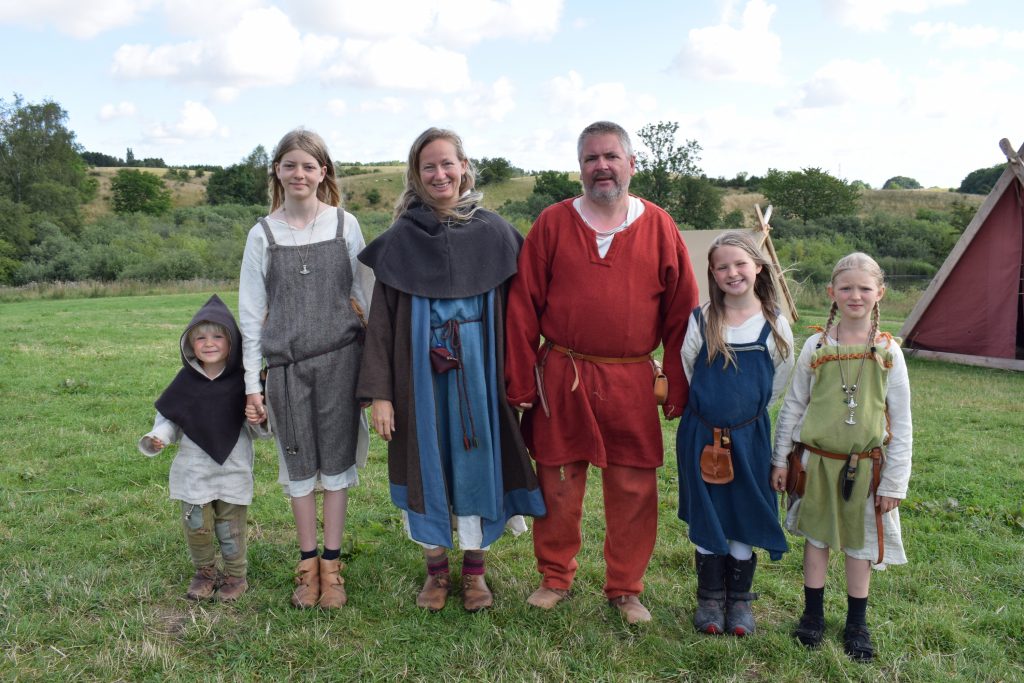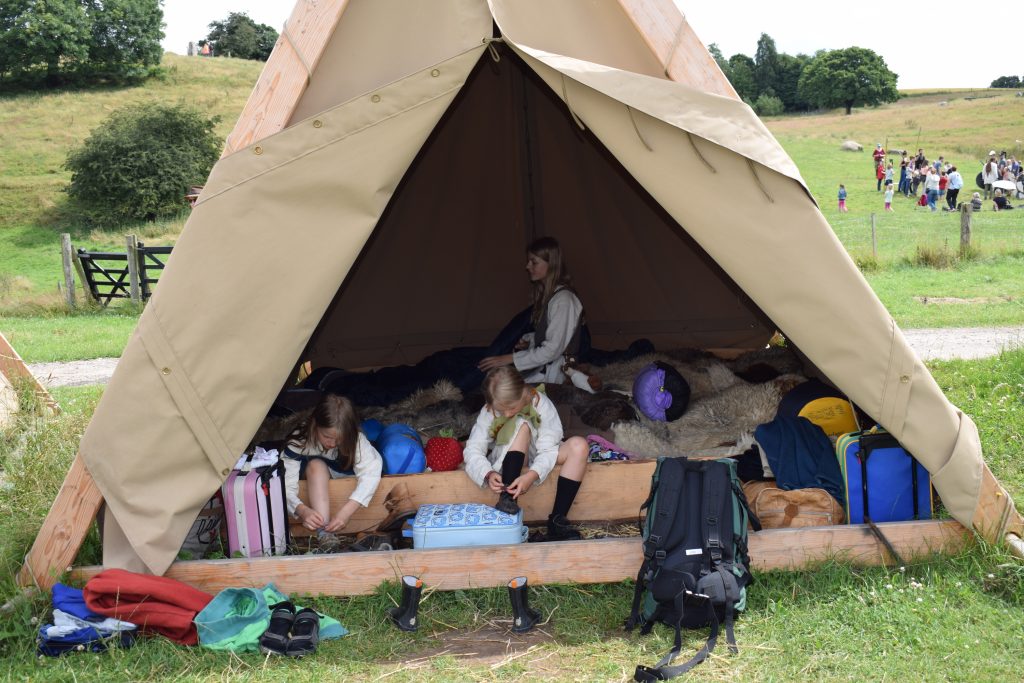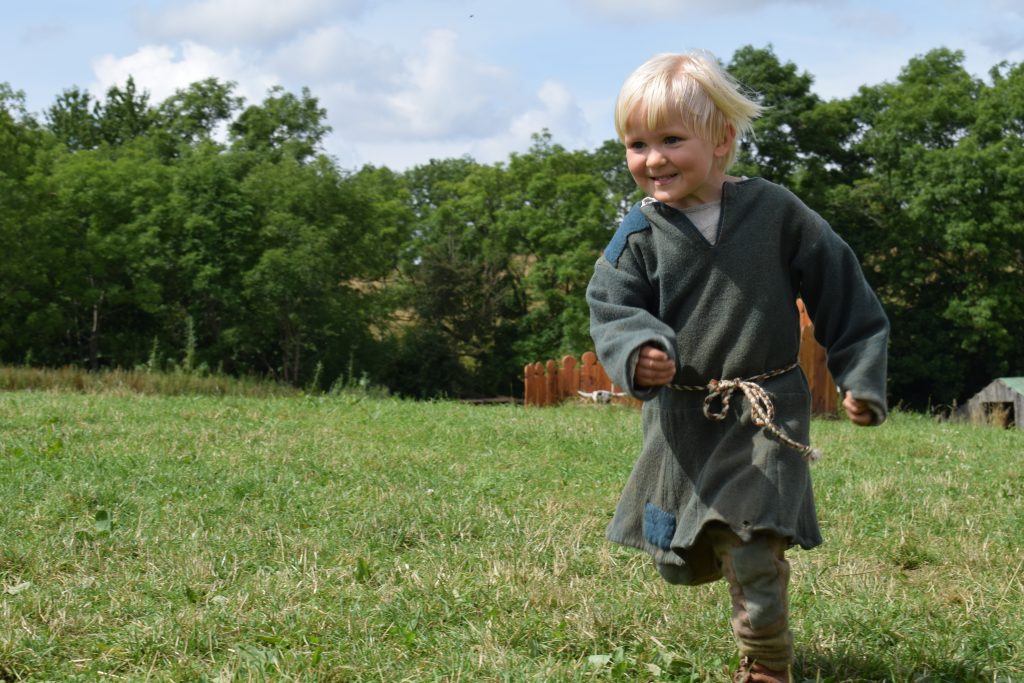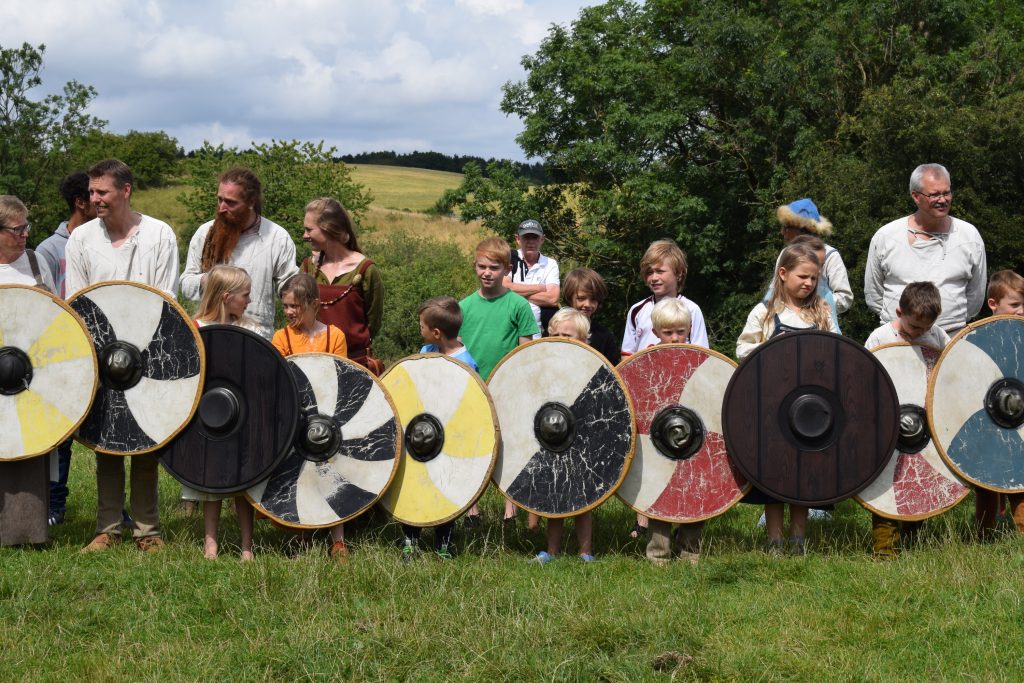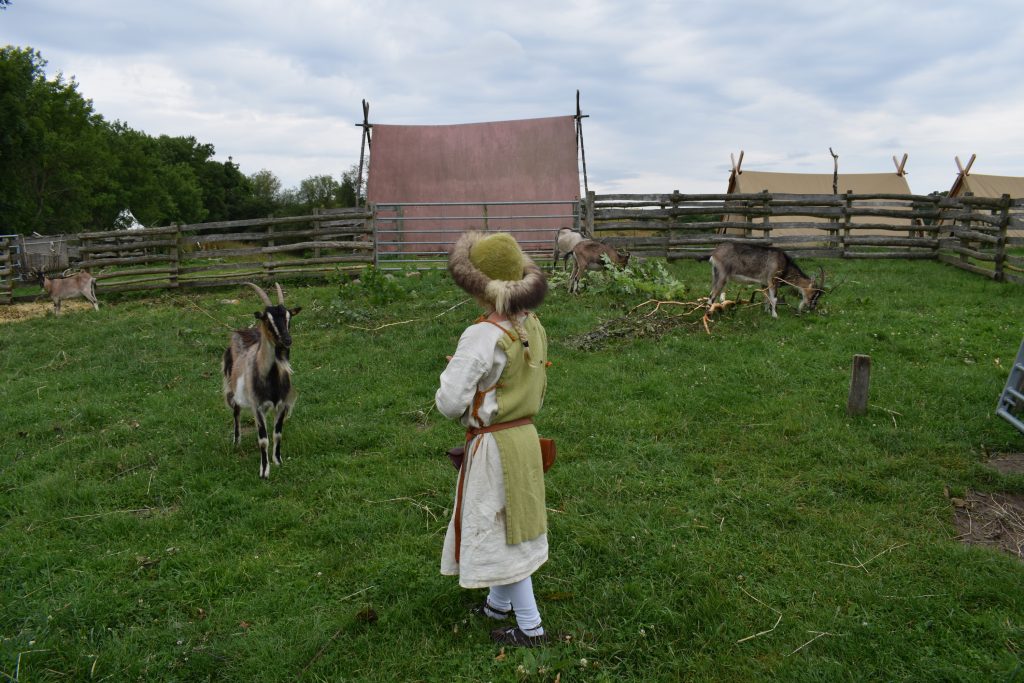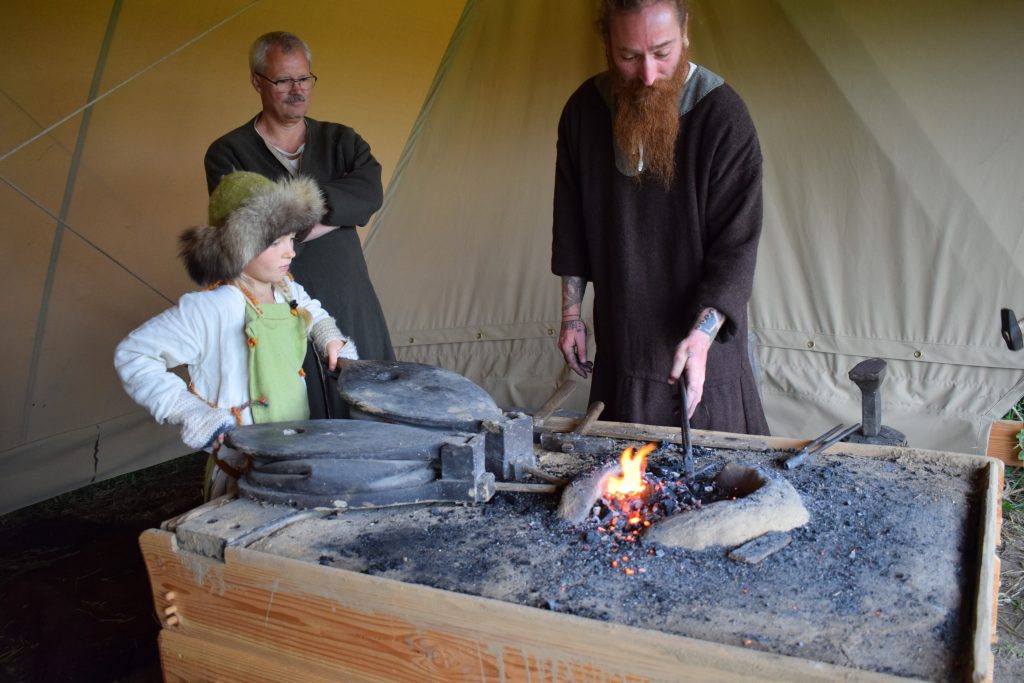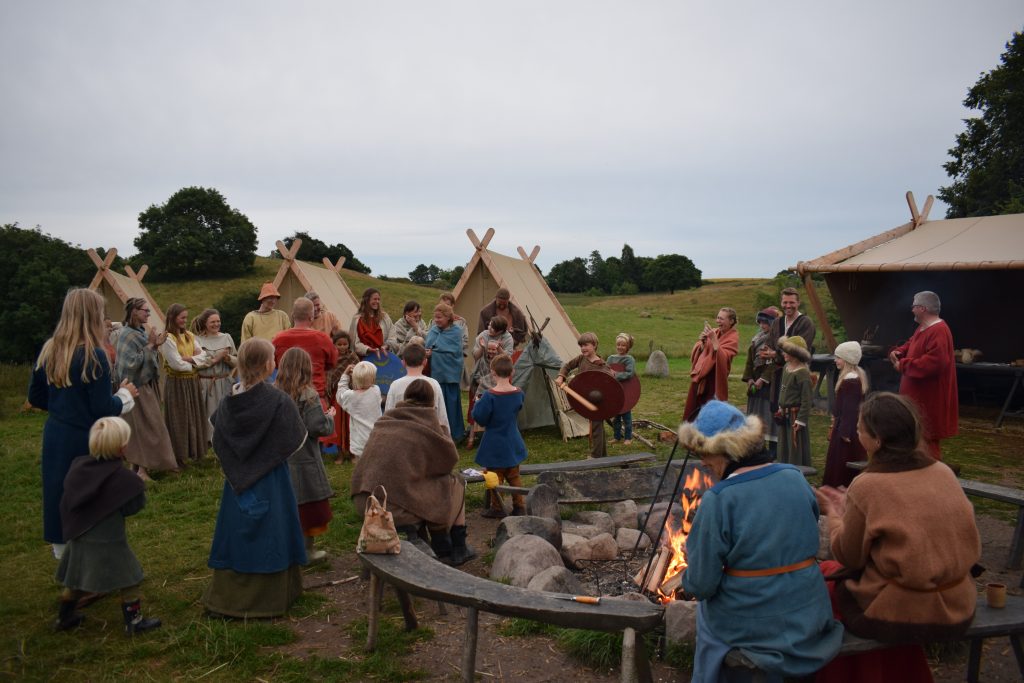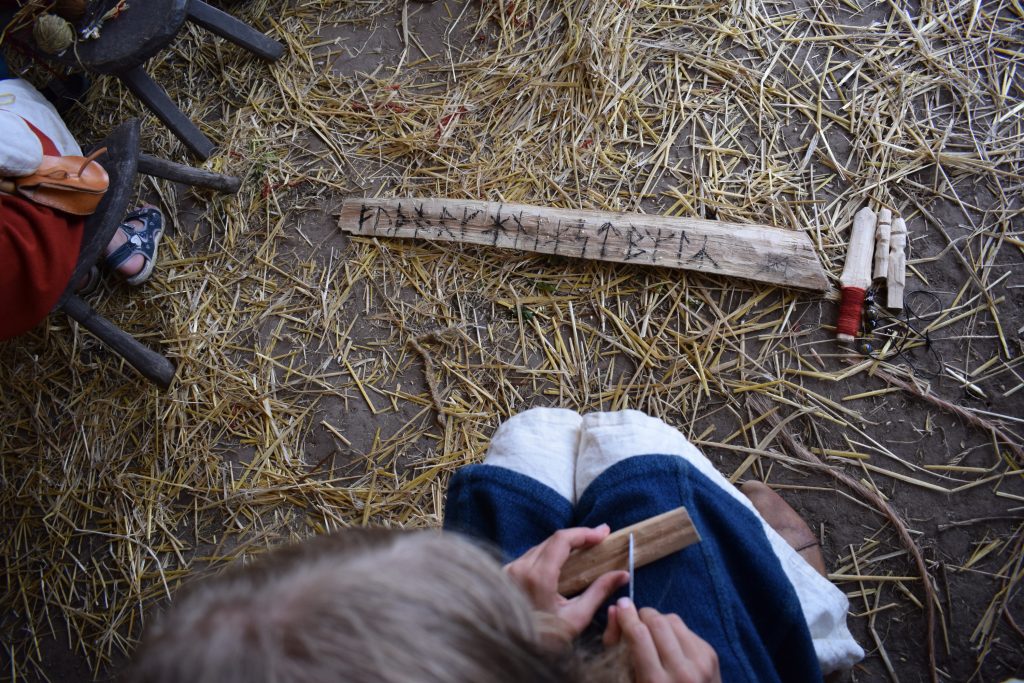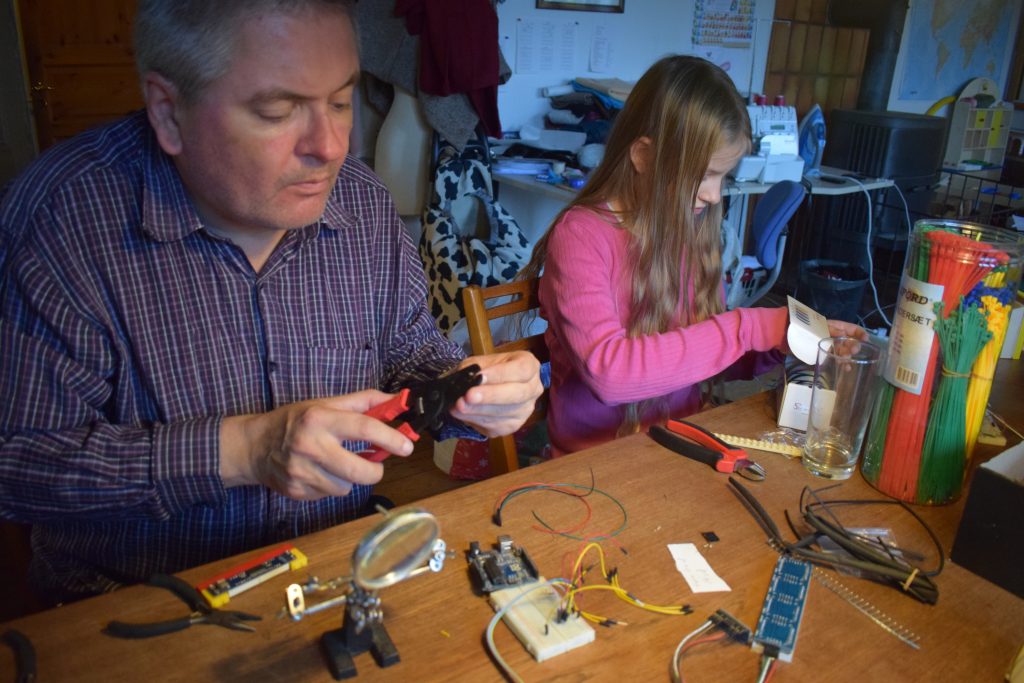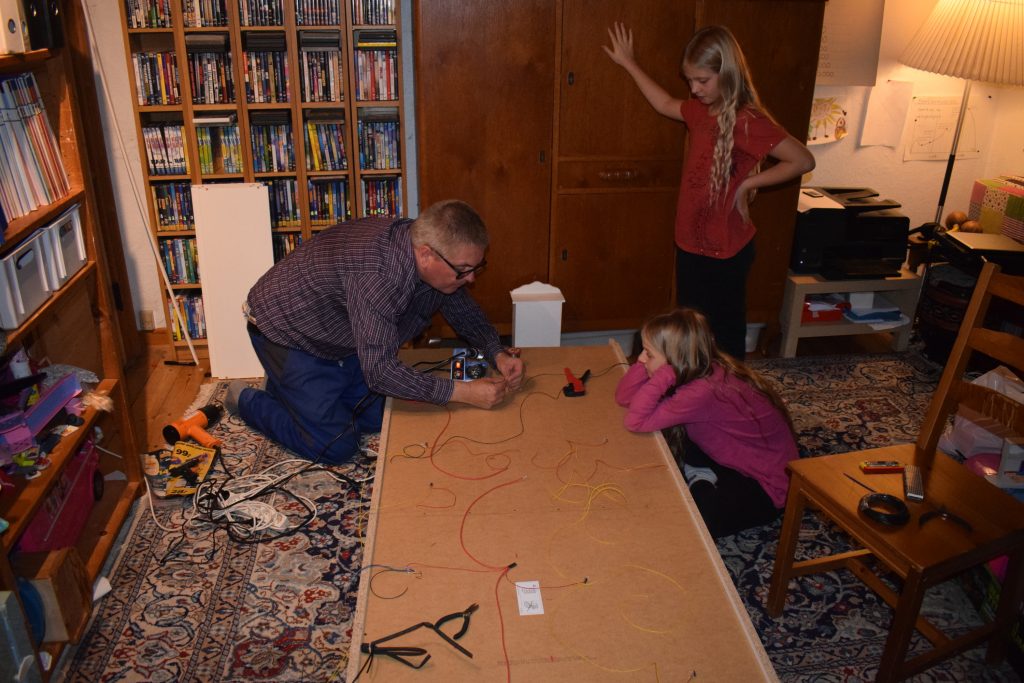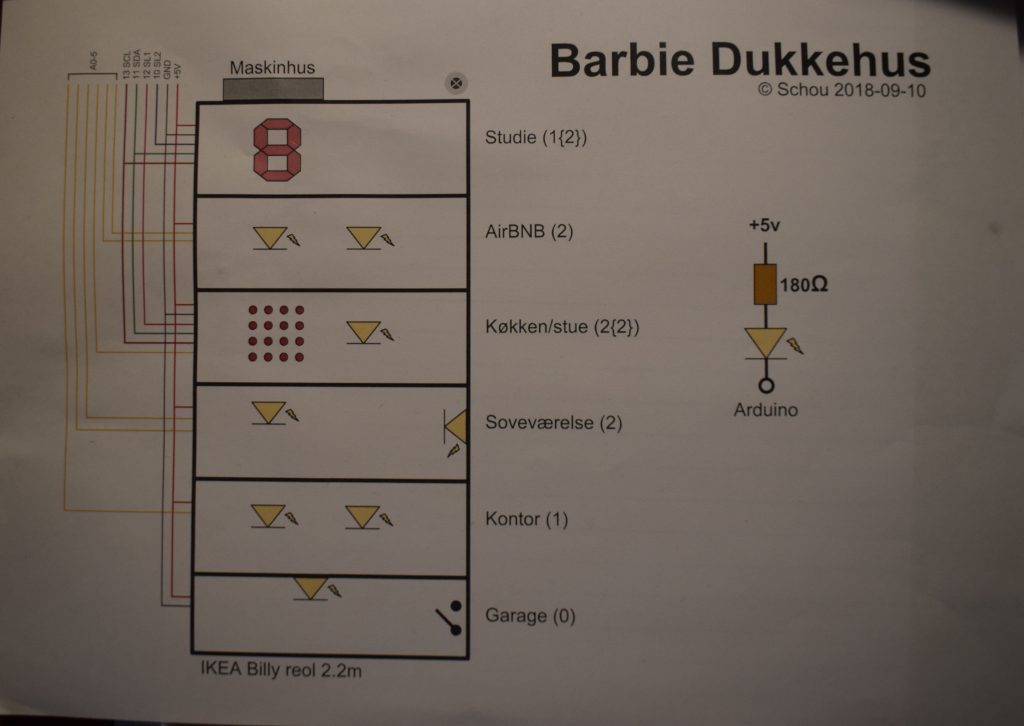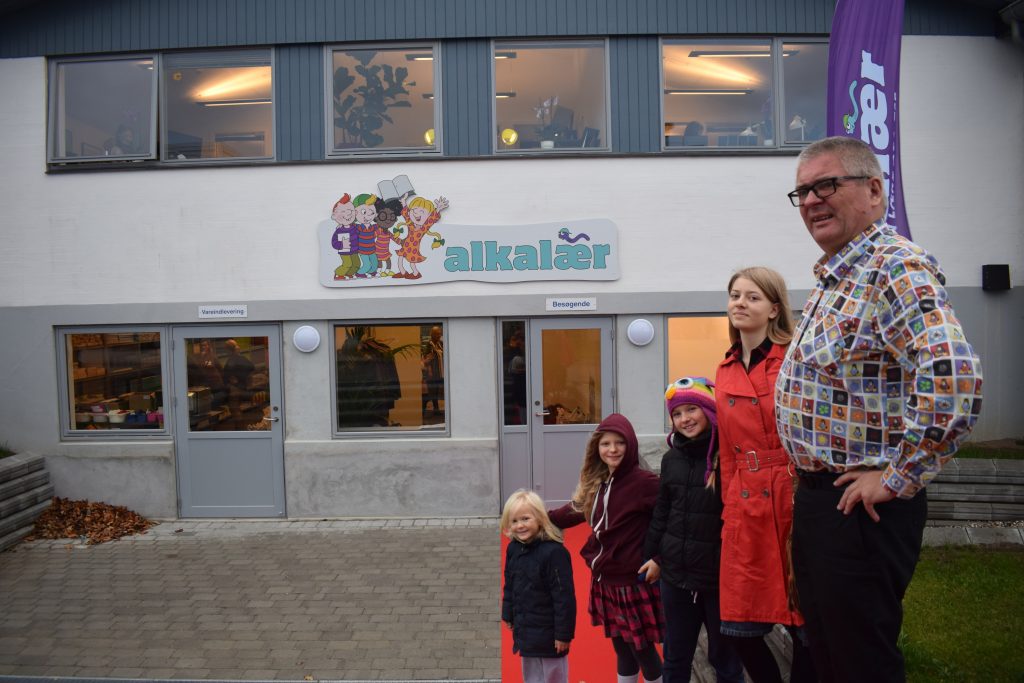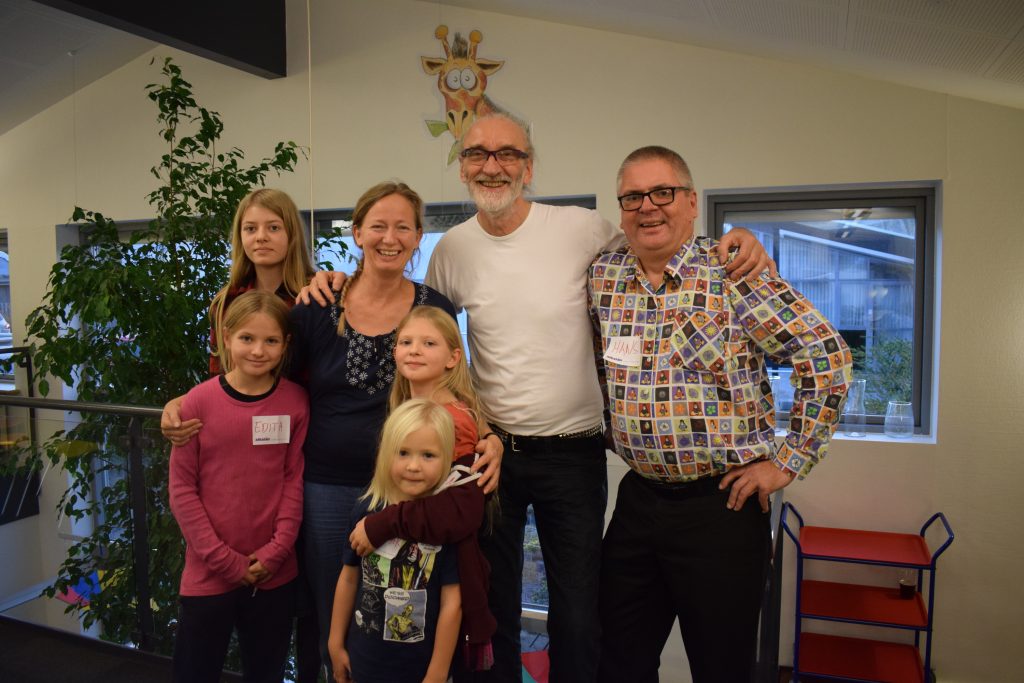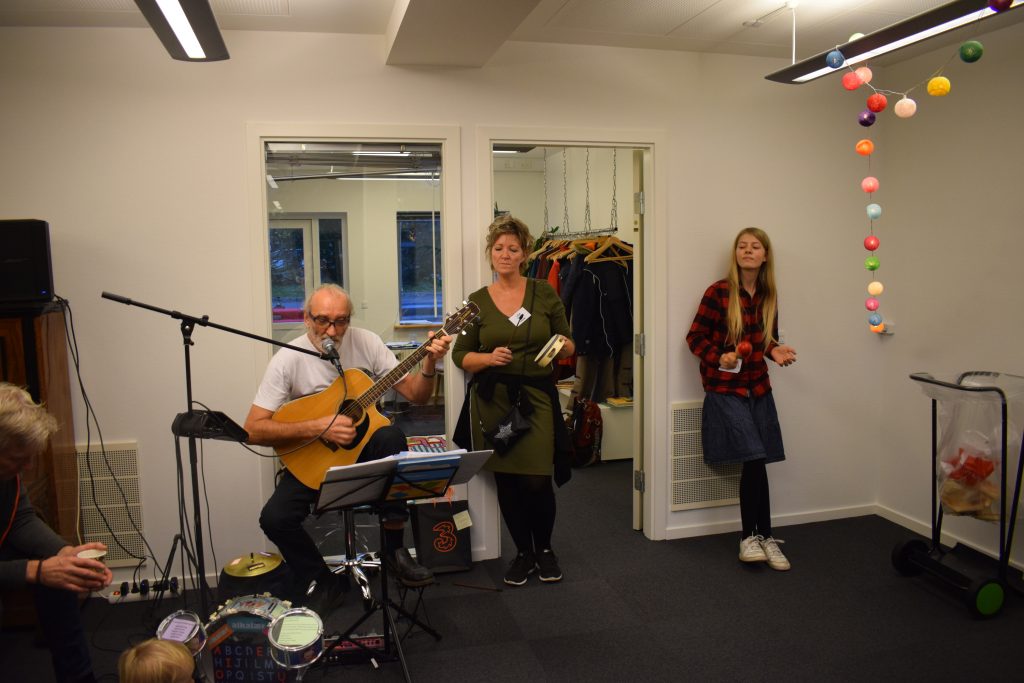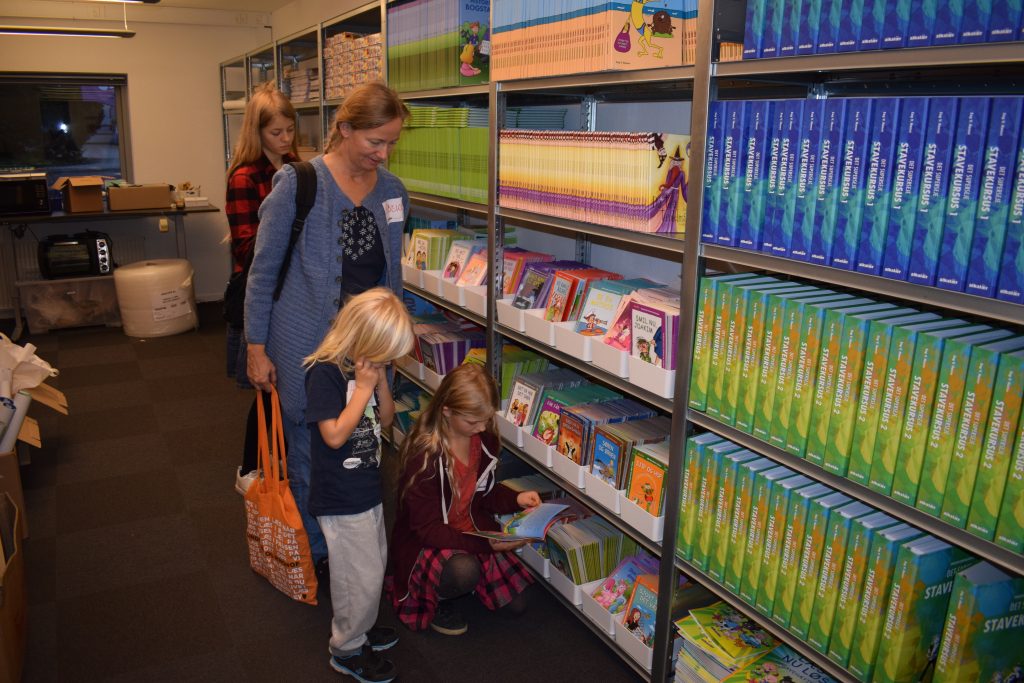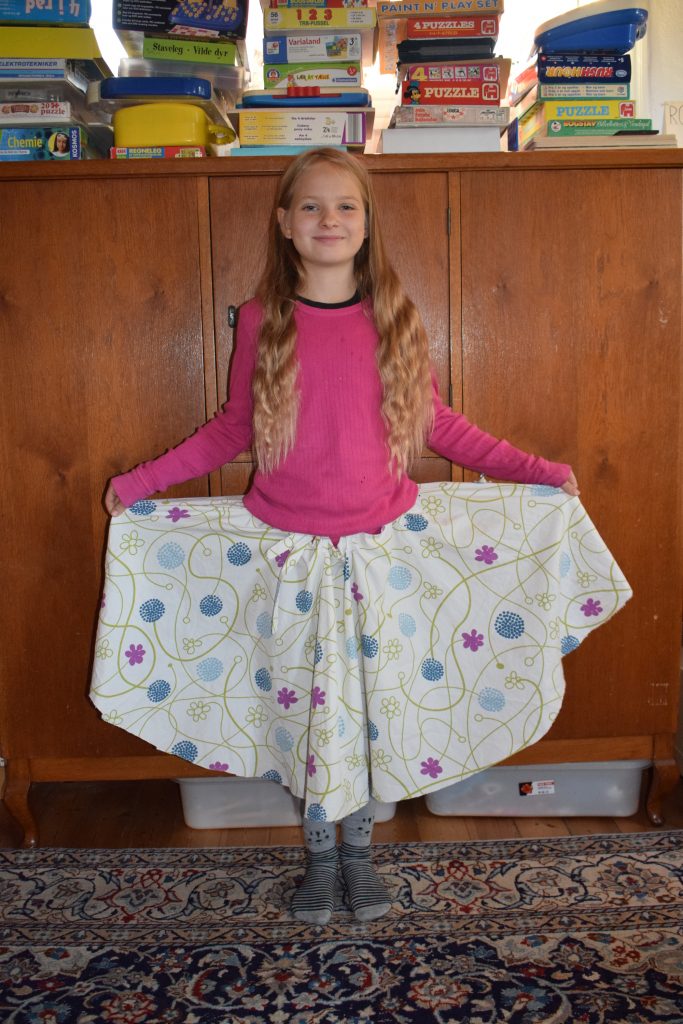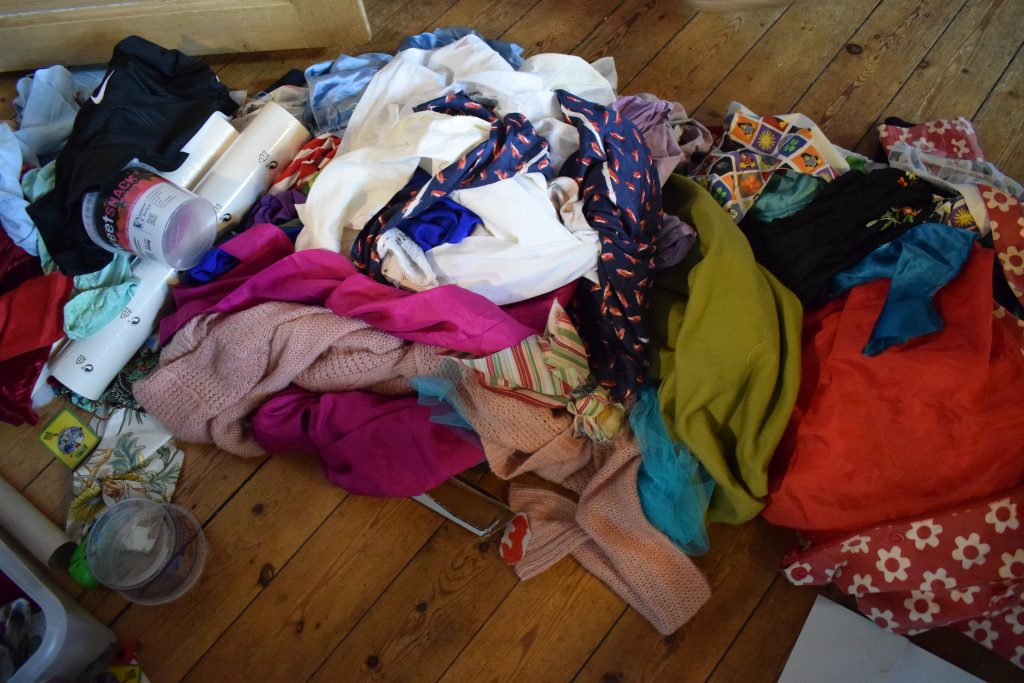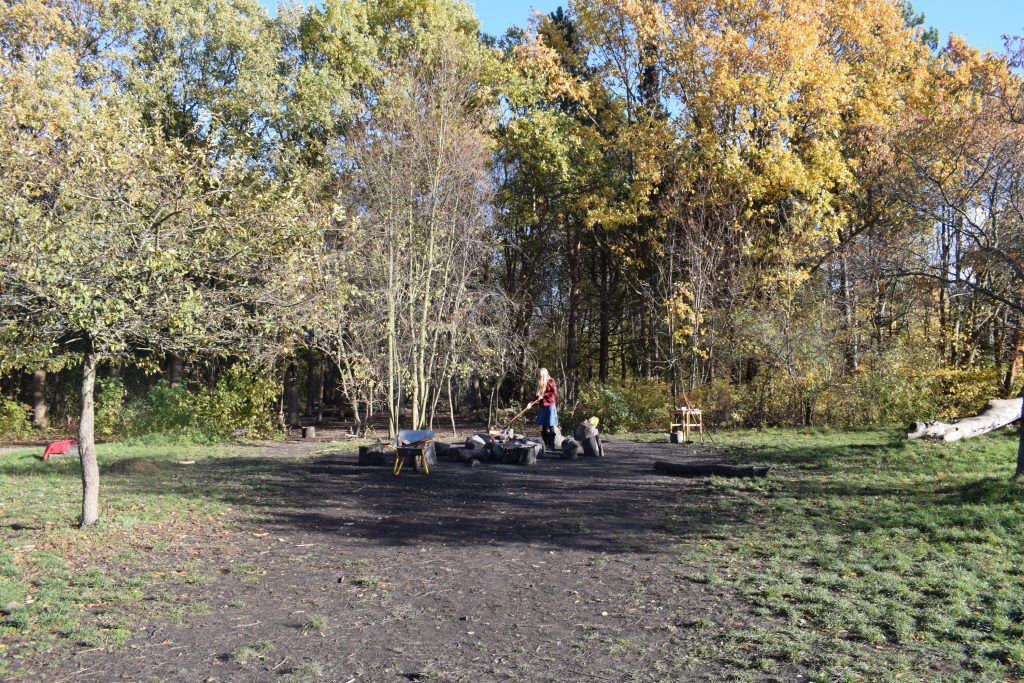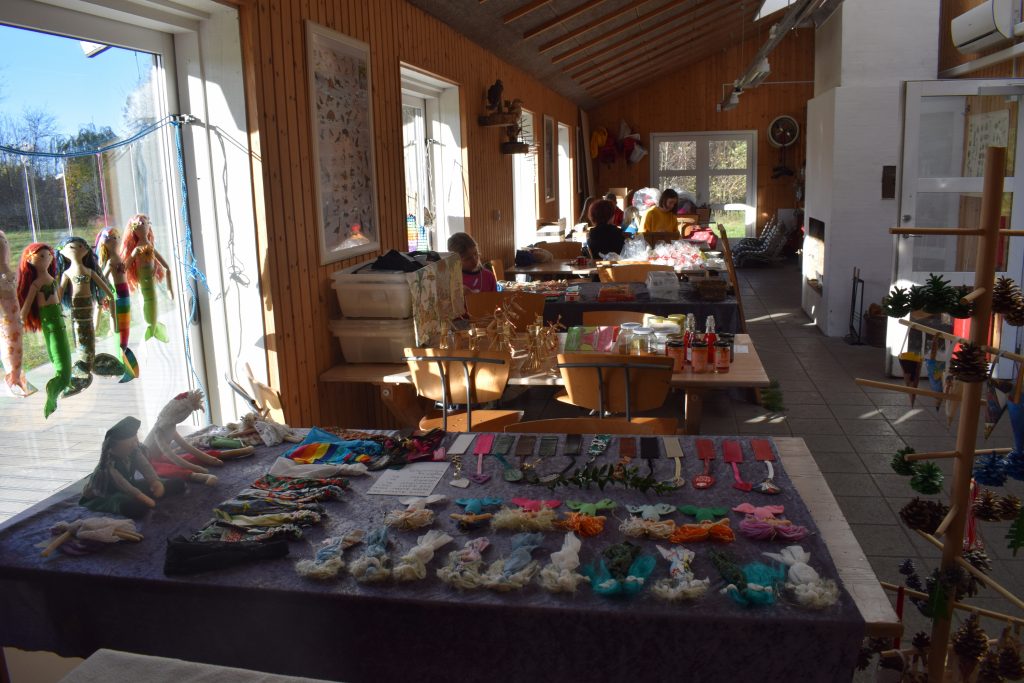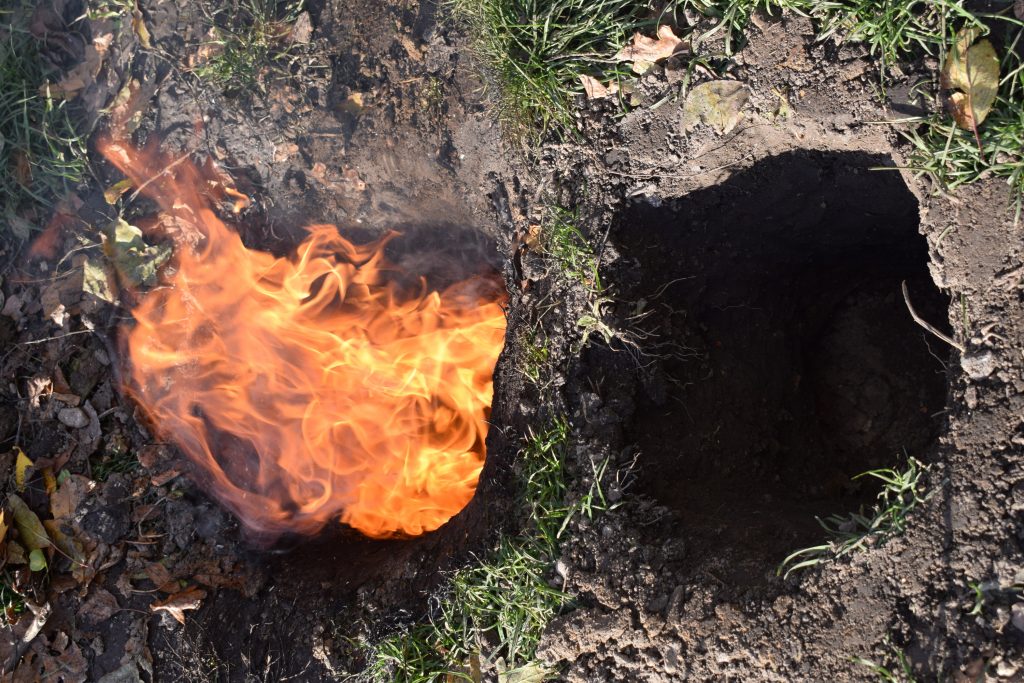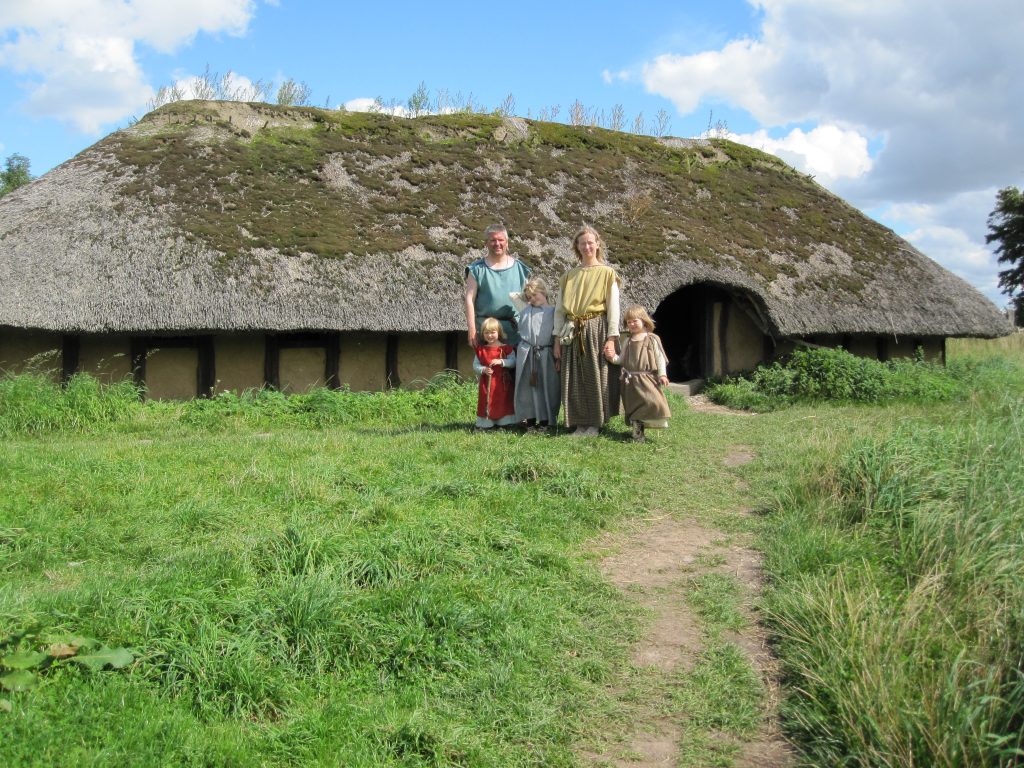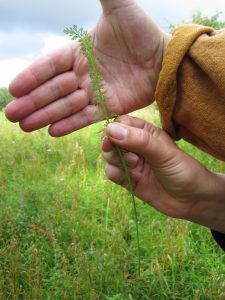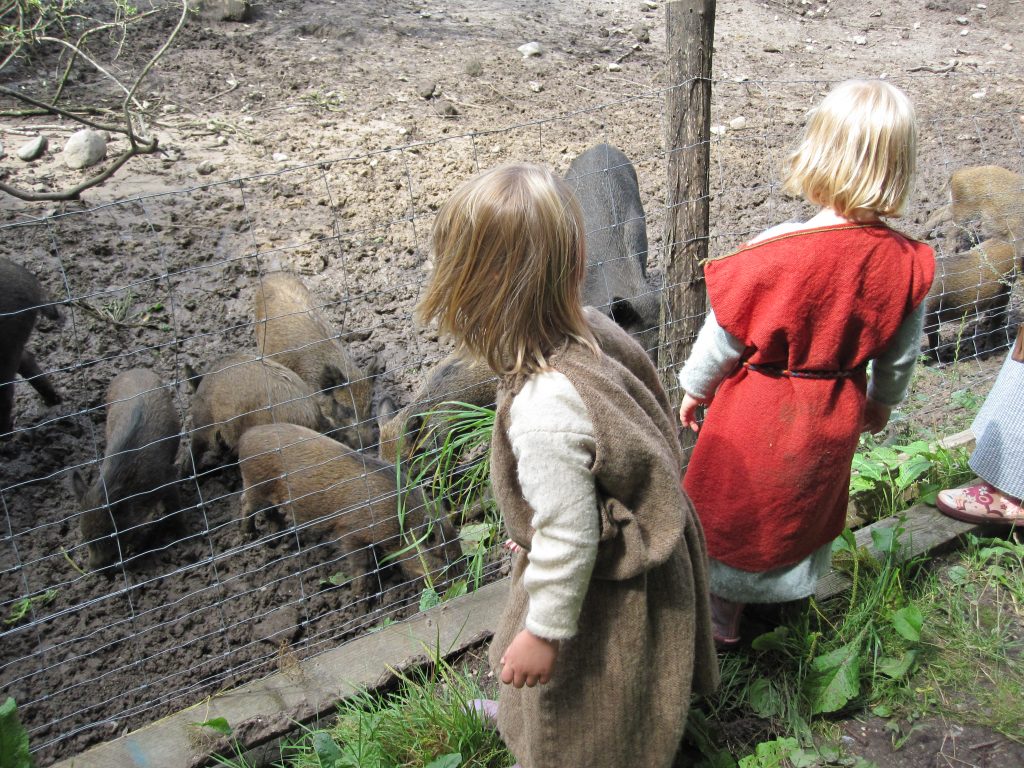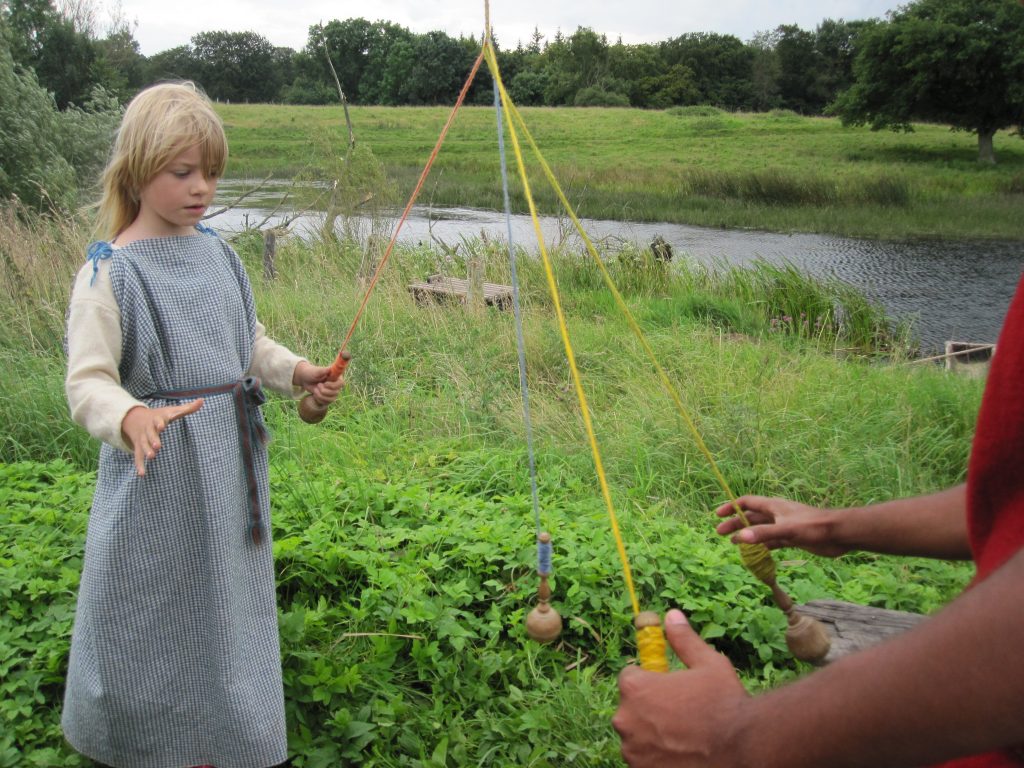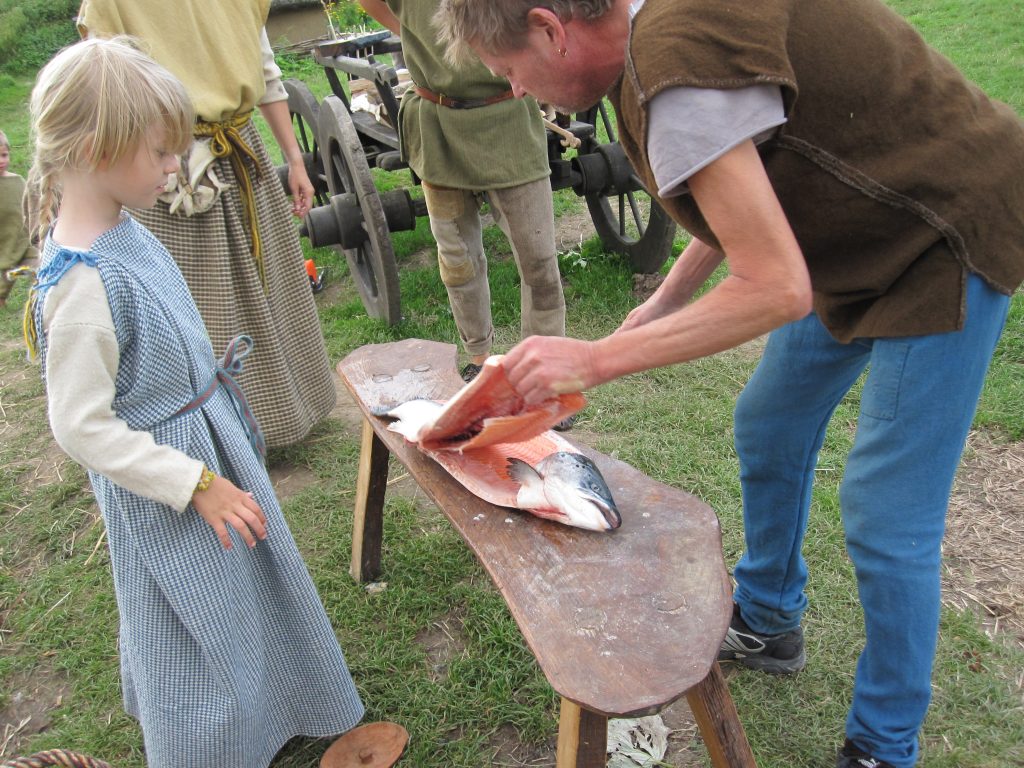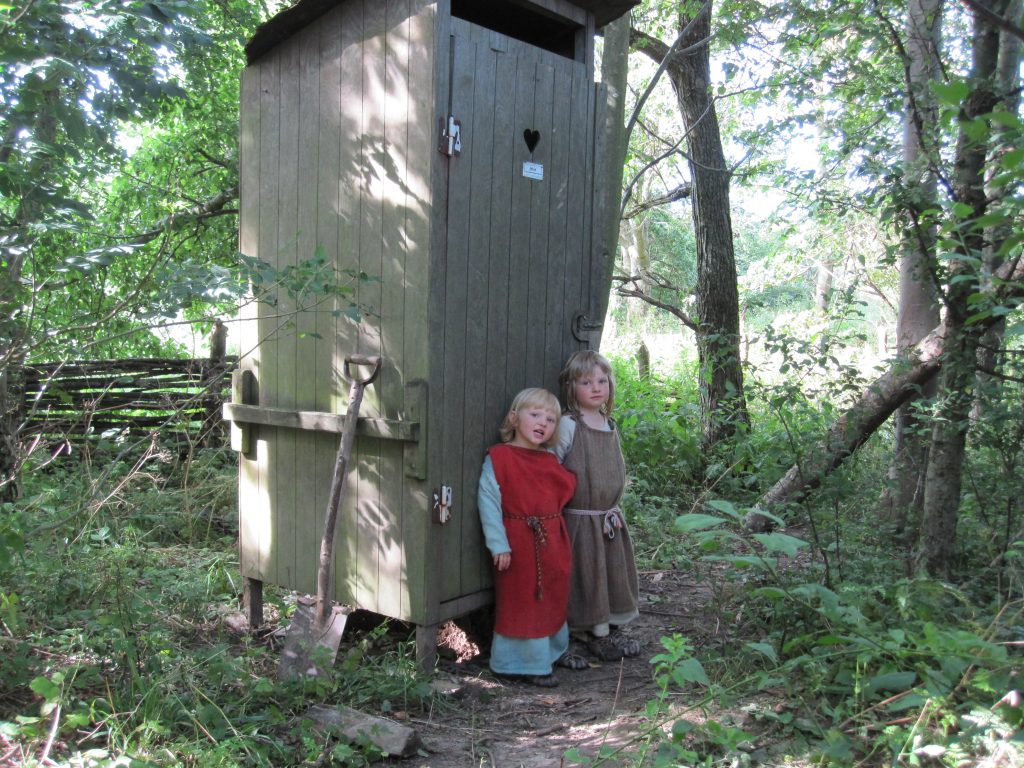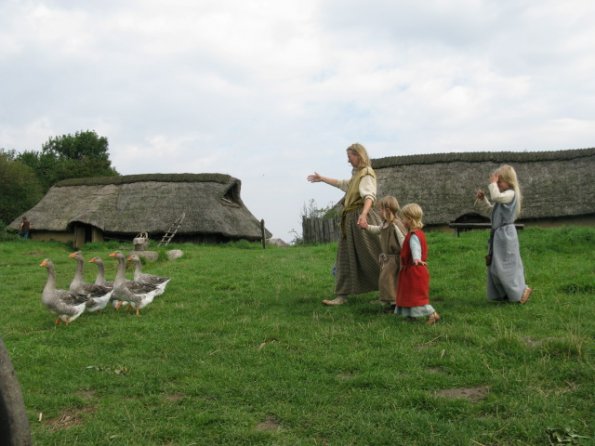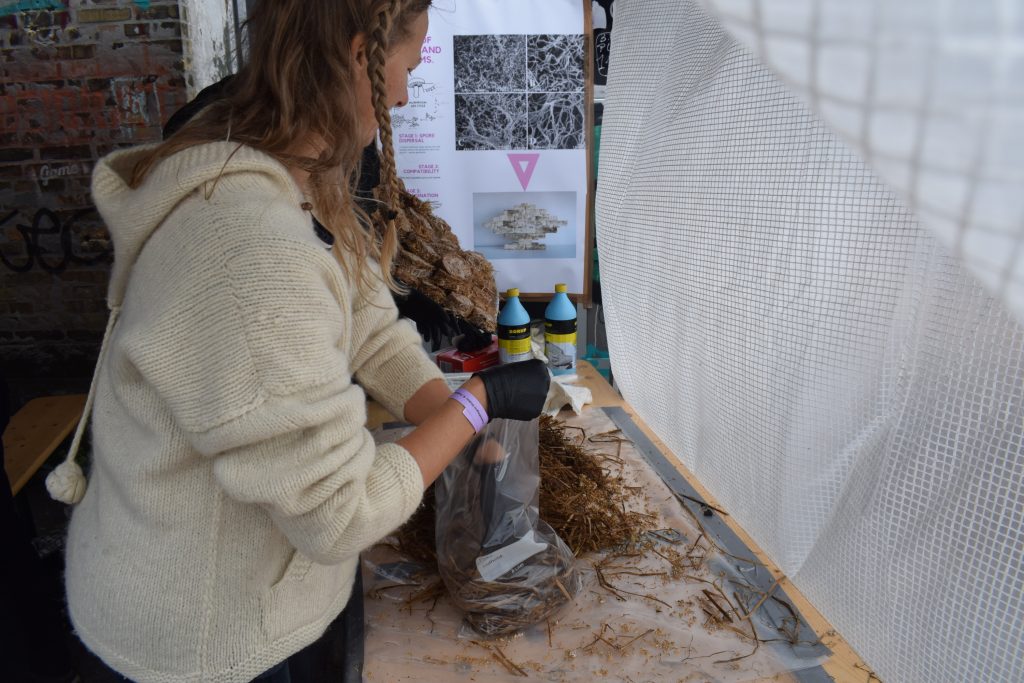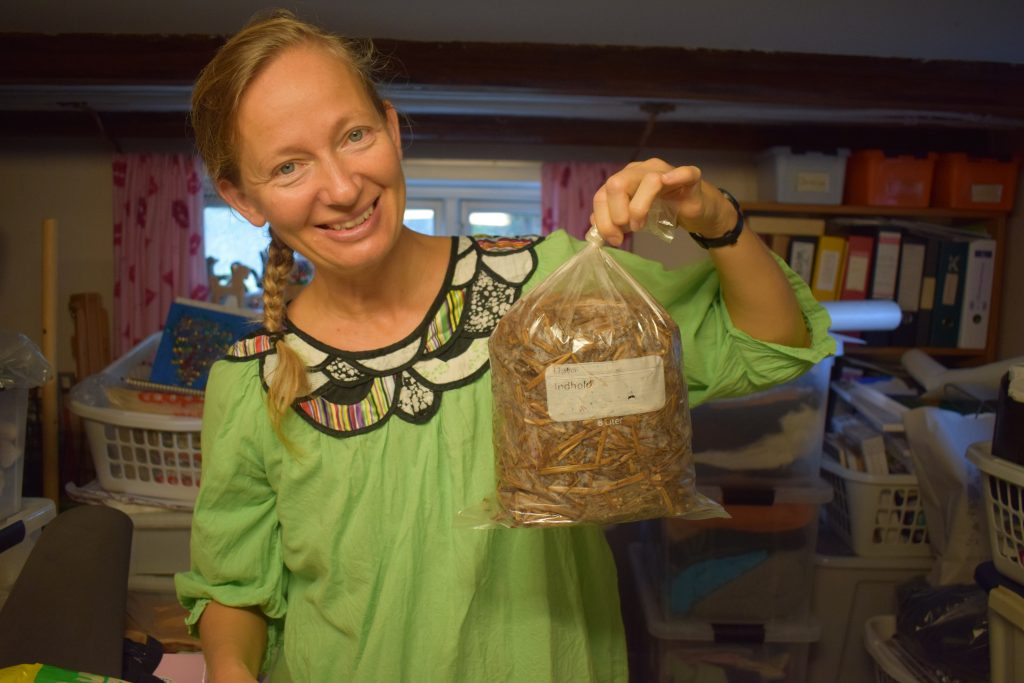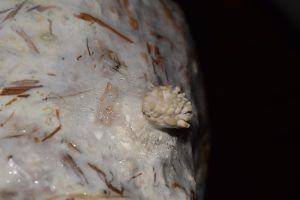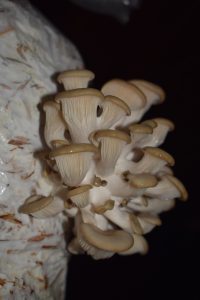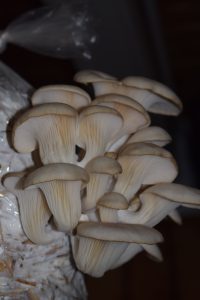I just finished reading “School is Dead: Alternatives in Education” by Everett Reimer. When we interviewed the politician Bertel Haarder, he recommended us to read this book. It is from 1971.
It puts forward some interesting questions about how we have organized our learning.
It starts out by referring to Bertolt Brecht’s “If Sharks Were Men”.
It can be interpreted in many ways, but here it describes how unevenly the educations systems around the world distributes their means.
The main problems with this, as I see it, is that we are told, in most of the developed countries, that when you have a free Public Education system, we all have equal opportunities to advance. We just have to work hard enough.
The problem with this, is that advancement and getting a good well paid job as an adult, is not entirely dependent on working hard or how clever your brain is.
It is often dependent on connections, support from family and friends, having the right mentors, being related to the right people and already being well off.
One main thing the book also mentions, is that most children in the world don’t actually have the opportunity to go to school. Further more, most of the children who get the opportunity to go to school, leave them after only a few years.
Despite this worldwide data recorded (UNESCO world data on children out of school) the expences governments spend on schooling their population is increasing everywhere. It increases by a higher rate than the national income. So why do we keep on spending more and more on education when it doesn’t increase our national income? Or even break even? Has it become more of a belief or ideology?
The School is the worlds greatest Corporation, even greater than Farming, Industry and warfare.
The fact is that most of the education money is spend on a very small part of the population. The ones that possible had been able to pay for their own education anyway. The higher the education becomes, the more it costs the nation.
The point of Schools was to start with, mainly to educate the population.
The Book states the main 4 functions it has today:
- Care.
- Selection for social roles.
- Indoctrination.
- Education.
The description of these 4 areas in the book is too much to go into here, but I recommend my readers to read this book, as it really makes you think about the concept Schools generally.
Today we live in an Industrialisered world, where most people live in cities. In such a society, Children and Old People are a problem, as there are no need for them. They are actually in the way of the rest of the people making a living. So we put them in care, until they are shaped into something that can be of use in this kind of society.
The Book has a collection of interesting quotes and one which I liked what this one. It is a note about the Native American “Savages” by Benjamin Franklin 1784: “After the principal business was settled, the commissioners from Virginia acquainted the Indians by a speech, that there was at Williamsburg a college, with a fund for educating Indian youth; and that, if the Six Nations would send down half a dozen of their young lads to that college, the government would take care that they should be well provided for, and instructed in all the learning of the white people. It is one of the Indian rules of politeness not to answer a public proposition the same day that it is made; they think it would be treating it as a light matter, and that they show it respect by taking time to consider it, as of a matter important. They therefore deferred their answer till the day following; when their speaker began, by expressing their deep sense of the kindness of the Virginia government, in making them that offer; “for we know,” says he, “that you highly esteem the kind of learning taught in those Colleges, and that the maintenance of our young men, while with you, would be very expensive to you. We are convinced, therefore, that you mean to do us good by your proposal; and we thank you heartily. But you, who are wise, must know that different nations have different conceptions of things; and you will therefore not take it amiss, if our ideas of this kind of education happen not to be the same with yours. We have had some experience of it; several of our young people were formerly brought up at the colleges of the northern provinces; they were instructed in all your sciences; but, when they came back to us, they were bad runners, ignorant of every means of living in the woods, unable to bear either cold or hunger, knew neither how to build a cabin, take a deer, or kill an enemy, spoke our language imperfectly, were therefore neither fit for hunters, warriors, nor counselors; they were totally good for nothing. We are however not the less obliged by your kind offer, though we decline accepting it; and, to show our grateful sense of it, if the gentlemen of Virginia will send us a dozen of their sons, we will take great care of their education, instruct them in all we know, and make men of them. ” link to article
“If we continue to believe, that the Industrial goal – expansion of production, and from there the expansion of consumption, technological advancement – are identical with life, will our whole lives involve around serving that purpose. We will be slaves”.
John Kenneth Galbraith, The New Industrial State, 1967.
The book does not come up with an easy to follow manuel to change our way of learning, but presents a lot of today, just as relevant questions.

